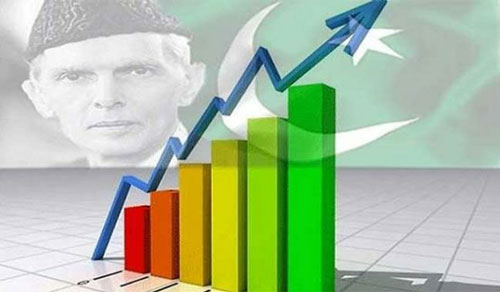Zubair Qureshi
Islamabad
Economic recovery remains headstrong despite pandemic, reveals Pakistan Prosperity Index Islamabad: Policy Research Institute of Market Economy (PRIME) a bi-monthly report on Pakistan Prosperity Index (PPI) that reviews Pakistan’s macro-economy based on the analysis of four periodic data sets- industrial production, trade volume, price levels, and private sector lending.
On a 12-month rolling basis, the report covers the period December 2019 to November 2020, with June 2019 as the base period. According to the report, Pakistan Prosperity Index continues to pose an upward trend reaching an all-time high of 116.3 in November 2020.
The new figure of PPI signals not only economic recovery but it also provides a reason for optimism and despite inflationary pressure and second wave of COVID19, over 12-month period improvements in trade volume and output of large-scale manufacturing coupled with a modest increase in private sector lending has resulted in an uptick in economic prosperity.
The output of large-scale manufacturing (LSM) witnessed a surge by 1.35% in November 2020. Ease in lockdown, favorable interest and exchange rate policy coupled with cheap energy has contributed to this increase. To mitigate the effect of Covid-19, banks’ lending to private sector has also increased by 2% during November 2020. The long-term financing facility (LTFF) has provided some respite to the private sector for resuming their business activities.
On the contrary, second wave of Covid-19 took its toll on global demand, in turn affecting Pakistan’s trade volume which continues to dwindle in the face of muted global demand. Nonetheless, during November 2020 trade volume did see improvement as it increased by 5.8%. Purchasing power has seen a continuous decline following the first peak of Covid-19. Month on month inflation hovered at 0.8% while Y-o-Y inflation measured at 8.3% in November 2020. Food inflation is a major concern for all and in particular for the low income households and this is likely to surge again denying the distribution of gains made in industrial and trade sectors.










